Lung cancer remains one of the most prevalent and challenging diseases worldwide, with non-small cell lung cancer (NSCLC) being the most common subtype. Among the various types of NSCLC, squamous cell carcinoma accounts for a significant portion of cases. Over the years, medical science has made great strides in the development of targeted therapies to combat this formidable disease. Portrazza (Necitumumab), an innovative monoclonal antibody, has emerged as a beacon of hope for patients battling advanced squamous NSCLC. In this description, we will delve into the world of Portrazza, exploring its history, mechanism of action, clinical applications, and its impact on the lives of those affected by this aggressive form of lung cancer.
Introduction to Portrazza
Portrazza, with its generic name Necitumumab, is a monoclonal antibody developed by Eli Lilly and Company. It received approval from the United States Food and Drug Administration (FDA) in late 2015, marking a significant advancement in the treatment of advanced squamous NSCLC. It is typically used in combination with other chemotherapy agents, most commonly gemcitabine and cisplatin.
Understanding Squamous Cell Carcinoma of the Lung
Squamous cell carcinoma is one of the major histological subtypes of NSCLC, characterized by the presence of cancer cells that resemble squamous epithelial cells. This subtype tends to develop in the larger airways of the lungs and is often associated with a history of smoking. Squamous NSCLC is known for its aggressive nature and limited treatment options, making it a challenging diagnosis for both patients and healthcare providers.
Mechanism of Action
Portrazza operates by targeting and inhibiting the epidermal growth factor receptor (EGFR), a protein that plays a pivotal role in the proliferation and survival of cancer cells. EGFR is often overexpressed in squamous NSCLC, contributing to its aggressive behavior.
Portrazza binds specifically to the extracellular domain of EGFR, preventing the binding of its natural ligands, such as epidermal growth factor (EGF). By doing so, Portrazza disrupts the EGFR signaling pathway, inhibiting the growth and division of cancer cells. This targeted approach is designed to slow down the progression of squamous NSCLC while minimizing harm to healthy cells, offering patients a more tailored and less toxic treatment option.
Clinical Applications
Portrazza is primarily used in combination with gemcitabine and cisplatin for the first-line treatment of advanced squamous NSCLC. It is essential to note that Portrazza is not used as a stand-alone treatment but rather as part of a comprehensive chemotherapy regimen. The combination therapy has been shown to provide substantial benefits in terms of overall survival and progression-free survival in clinical trials.
Clinical Trials and Efficacy
The approval of Portrazza was based on the results of the SQUIRE trial, a landmark clinical study that investigated its effectiveness in patients with advanced squamous NSCLC. In this trial, patients who received Portrazza in addition to gemcitabine and cisplatin had a significant improvement in overall survival compared to those who received only chemotherapy. This remarkable outcome highlighted the potential of Portrazza to make a meaningful difference in the lives of patients with this challenging form of lung cancer.
Safety Profile
Like all medications, Portrazza does have potential side effects. Common side effects may include skin rash, electrolyte imbalances, fatigue, and gastrointestinal symptoms like nausea and vomiting. It is essential for healthcare providers to monitor patients closely and manage any side effects that may arise during treatment.
While Portrazza has shown significant clinical benefits, it is important to consider its safety profile and weigh the potential risks and benefits on an individual basis. Healthcare providers carefully evaluate each patient’s medical history and overall health before prescribing Portrazza to ensure the most appropriate treatment plan.
Impact on Patients’ Lives
The introduction of Portrazza has brought hope to individuals diagnosed with advanced squamous NSCLC. Prior to its approval, treatment options for this aggressive cancer were limited, and the prognosis was often bleak. Portrazza, when used in conjunction with chemotherapy, has extended the lives of many patients and improved their quality of life.
For patients and their families, Portrazza represents a lifeline, offering the potential for more time together and a chance to create meaningful memories. It provides hope and optimism in the face of a daunting diagnosis, giving patients the strength to fight and persevere.
Conclusion
Portrazza (Necitumumab) is a groundbreaking addition to the treatment arsenal against advanced squamous NSCLC. Its targeted mechanism of action, as well as its demonstrated efficacy in clinical trials, has provided a new ray of hope for patients facing this challenging form of lung cancer. By inhibiting the EGFR signaling pathway, Portrazza offers a more tailored and less toxic treatment option, improving overall survival and quality of life.
As research and development in the field of oncology continue to advance, the role of Portrazza in the treatment of lung cancer may evolve, potentially extending its benefits to even more patients. It serves as a testament to the progress of medical science and underscores the importance of continued innovation in the fight against cancer. For those affected by advanced squamous NSCLC, Portrazza represents a beacon of hope, offering a chance for extended survival and improved well-being in the face of a formidable adversary.

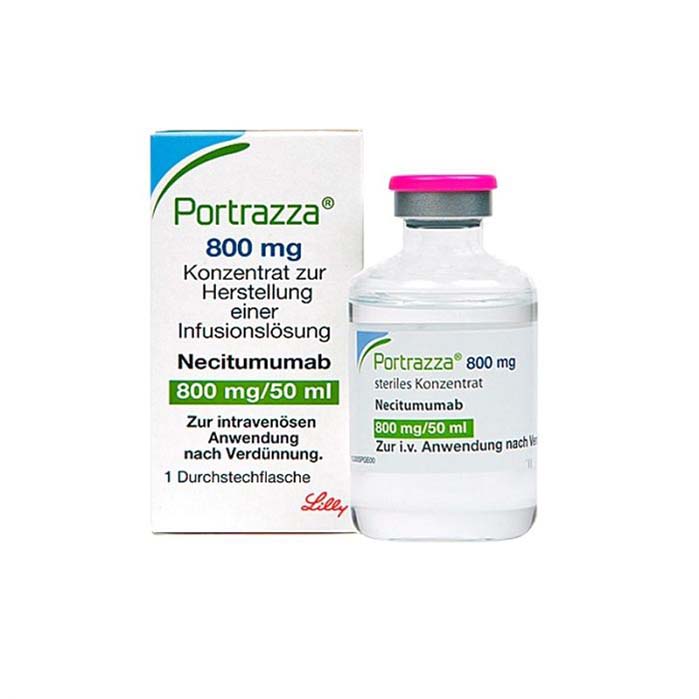


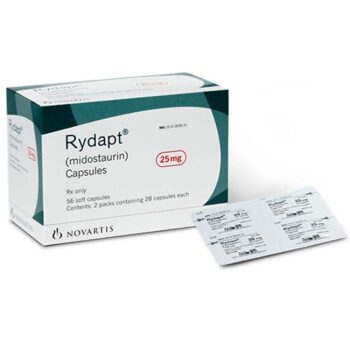

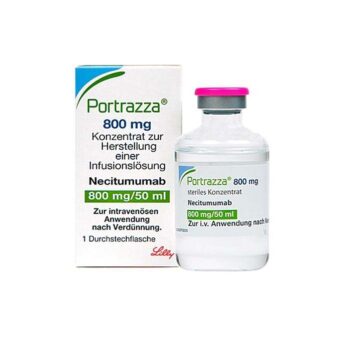
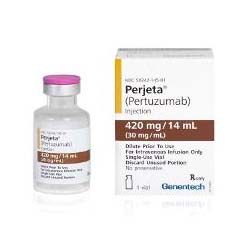
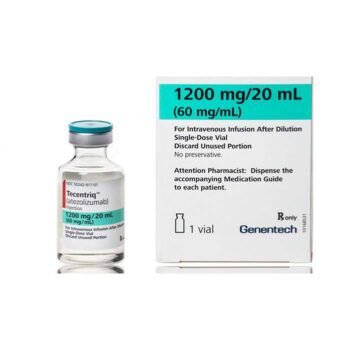


Reviews
There are no reviews yet.